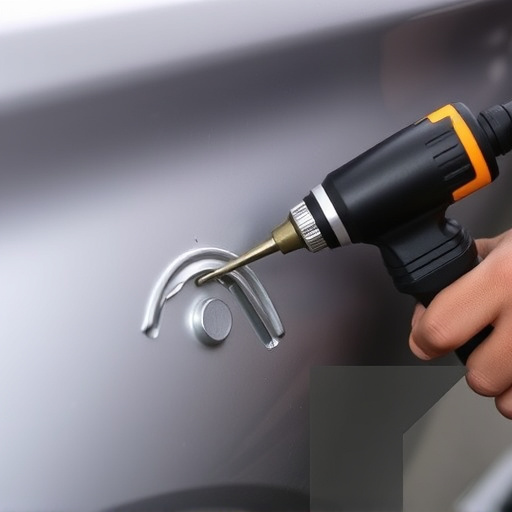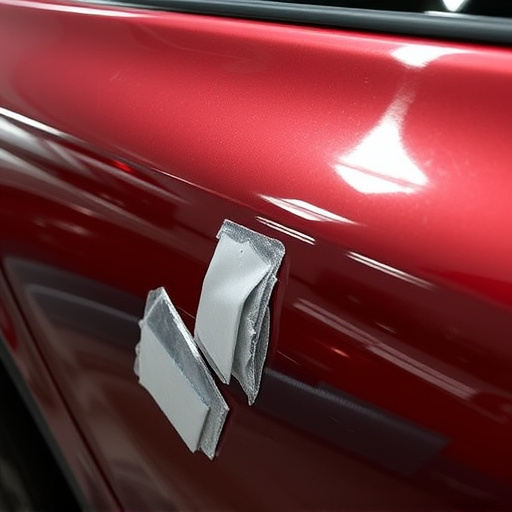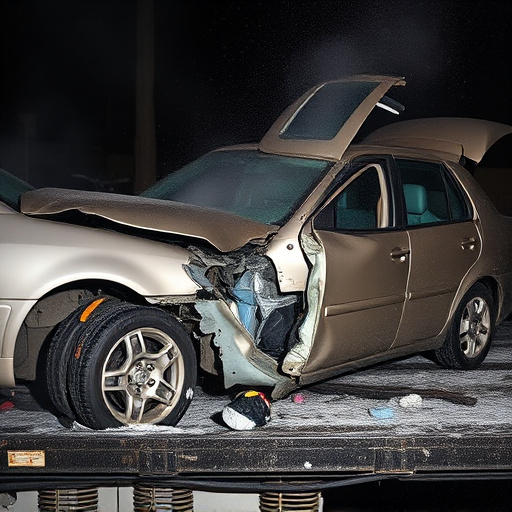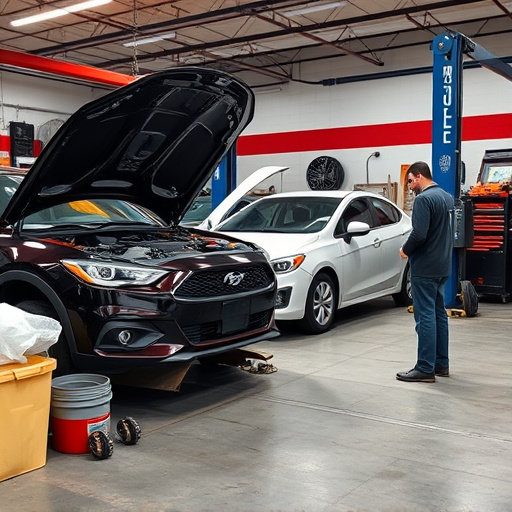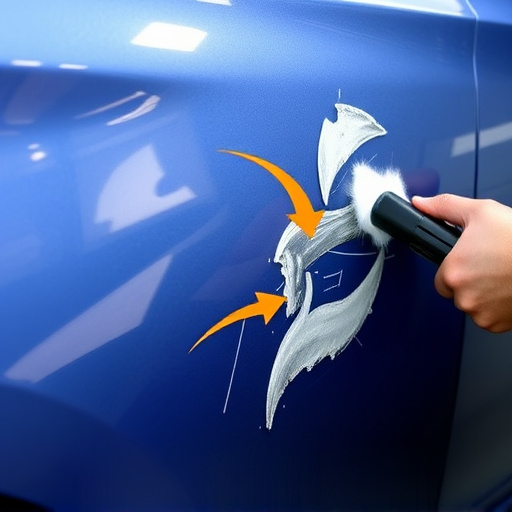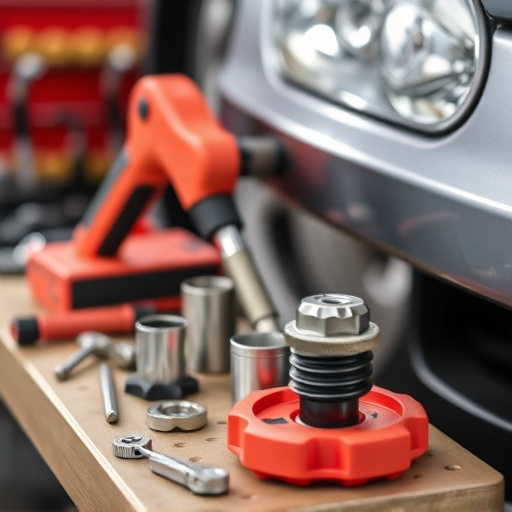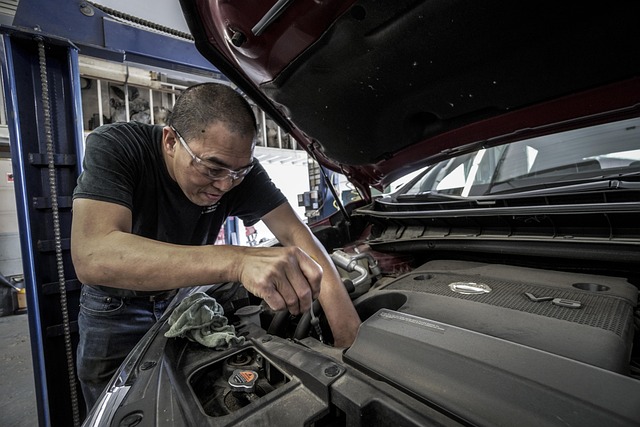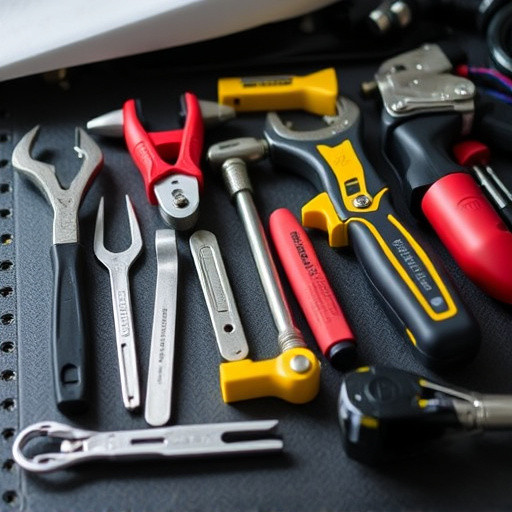Managing customer repair expectations is crucial in the auto industry for building trust and loyalty. Collision centers and dent repair shops set clear goals for turnaround times and service quality, acknowledging service complexities and transparently communicating timelines. Optimizing processes with lean principles reduces waste, speeds up repairs, ensures high standards, and enhances customer satisfaction. KPIs measure success by tracking turnaround time, customer ratings, first-time fix rates, and cost efficiency to continuously improve and build a positive reputation.
In today’s fast-paced world, customers expect swift and high-quality service, particularly when it comes to repair services. Balancing speed and quality is a delicate act that can make or break a business’s reputation. This article explores effective strategies to manage customer repair expectations. We delve into understanding the core of customer expectations, optimizing processes for efficiency without compromising quality, and measuring success through key performance indicators tailored for repair services.
- Understanding Customer Expectations: Setting Realistic Barrels
- Optimizing Processes: Streamlining Without Sacrificing Quality
- Measuring Success: Key Performance Indicators for Repair Services
Understanding Customer Expectations: Setting Realistic Barrels

In the competitive landscape of customer service, understanding and managing expectations are paramount, especially within automotive repair services like collision centers and dent repairs. Setting clear and realistic barrels for turnaround times and service quality is a strategic move to ensure customer satisfaction. Every interaction with a client, from initial consultation to final hand-off, should be viewed as an opportunity to build trust and loyalty. By openly communicating estimated timelines, potential challenges, and the steps being taken to meet or exceed expectations, repair shops can manage customer perceptions and set a positive course.
Realistic expectation setting involves recognizing that different services have varying complexities and requirements. For instance, while a simple dent repair may be completed within a few hours, more intricate collision repairs could take several days, depending on the extent of damage and parts availability. By providing transparent updates and keeping customers informed about progress, repair facilities demonstrate professionalism and respect for their clients’ time and needs, fostering a positive perception of the entire automotive repair process.
Optimizing Processes: Streamlining Without Sacrificing Quality
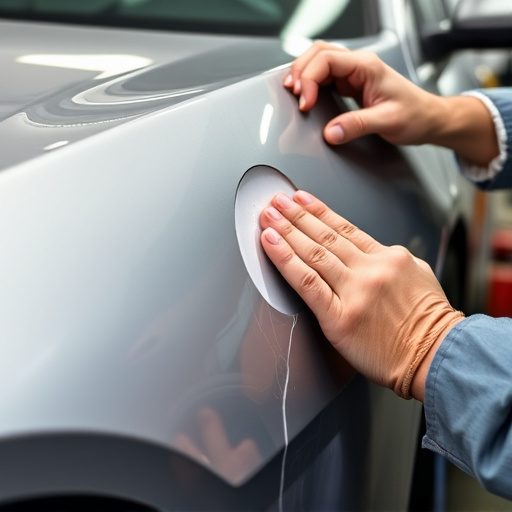
In the quest to meet and exceed customer repair expectations, auto repair shops must strike a delicate balance between speed and quality. Optimizing processes is key to achieving this goal, and it involves much more than simply increasing efficiency. Streamlining operations should be done with a keen eye towards maintaining, if not enhancing, the quality of services provided. This means reevaluating every step in the repair process, from initial assessments to final inspections, identifying bottlenecks, and eliminating unnecessary steps.
By implementing lean principles, such as just-in-time inventory management and standardized work procedures, auto body repair and auto glass repair shops can reduce waste and optimize labor utilization. These strategies not only speed up turnaround times but also ensure that each repair is executed with the same high standards. The goal is to create a seamless, well-oiled machine that delivers timely services without compromising on the meticulous attention to detail that defines quality auto repairs.
Measuring Success: Key Performance Indicators for Repair Services
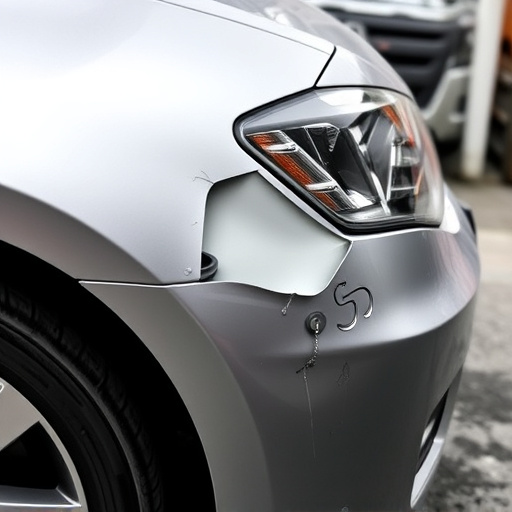
Measuring success is a fundamental aspect of understanding how to balance speed and quality in customer repair expectations. Key Performance Indicators (KPIs) play a pivotal role in gauging the performance of collision repair services, vehicle bodywork shops, and auto repair near me facilities. These metrics help businesses set realistic targets, monitor progress, and make data-driven decisions. KPIs for repair services should encompass various factors such as repair turnaround time, customer satisfaction ratings, first-time fix rates, and cost efficiency.
By tracking these KPIs, businesses can identify areas of improvement and ensure they meet or exceed customer repair expectations. For instance, reducing repair turnaround times without compromising quality can significantly enhance customer satisfaction. Similarly, maintaining high first-time fix rates indicates that repairs are completed accurately on the first attempt, minimizing the need for revisits and enhancing overall efficiency. Ultimately, aligning speed and quality through these KPIs fosters a positive reputation among customers seeking collision repair, vehicle bodywork, or auto repair near me services.
Balancing speed and quality in customer repair expectations is a delicate act, but by understanding client demands, optimizing processes, and utilizing key performance indicators (KPIs), businesses can meet and exceed these expectations. Through strategic planning and data-driven decisions, repair services can enhance efficiency without compromising on the integrity of their work, ensuring a satisfied and loyal customer base.
